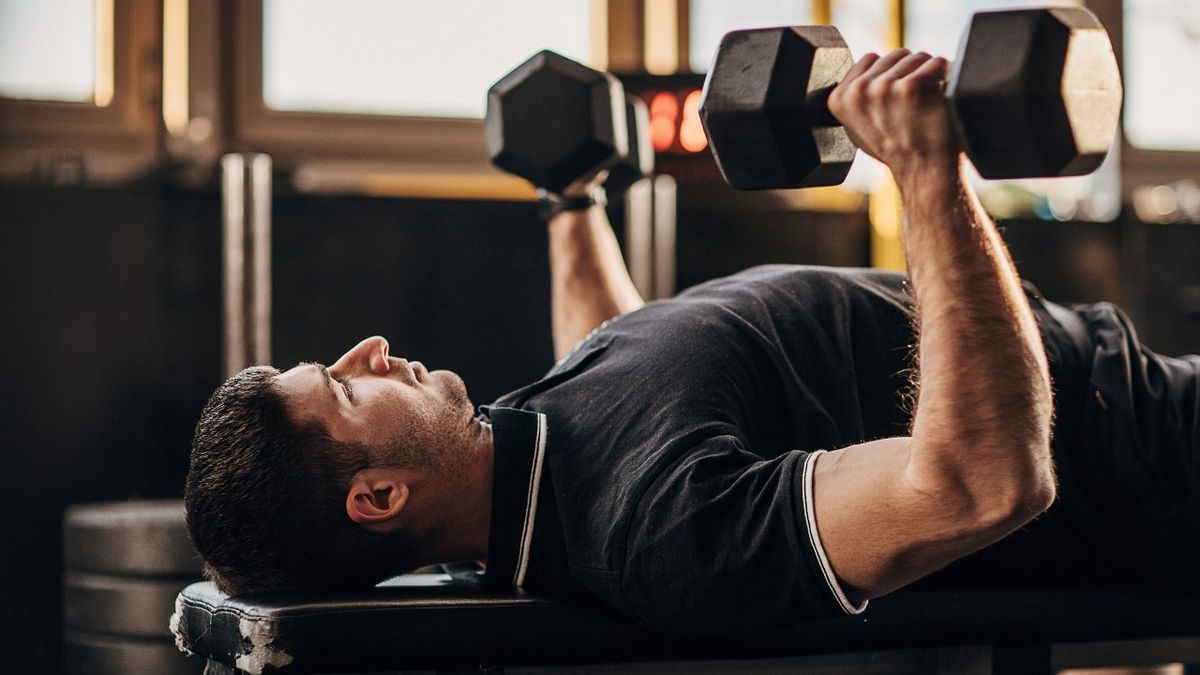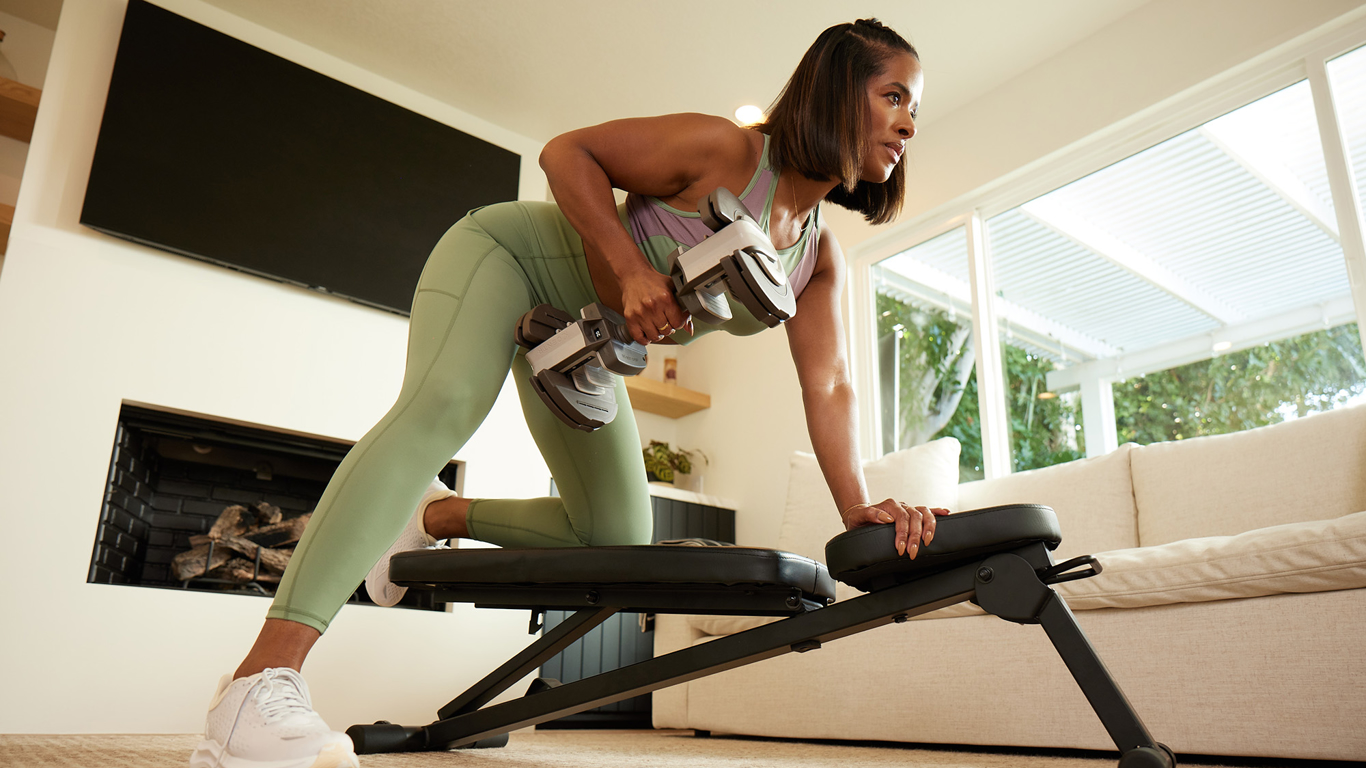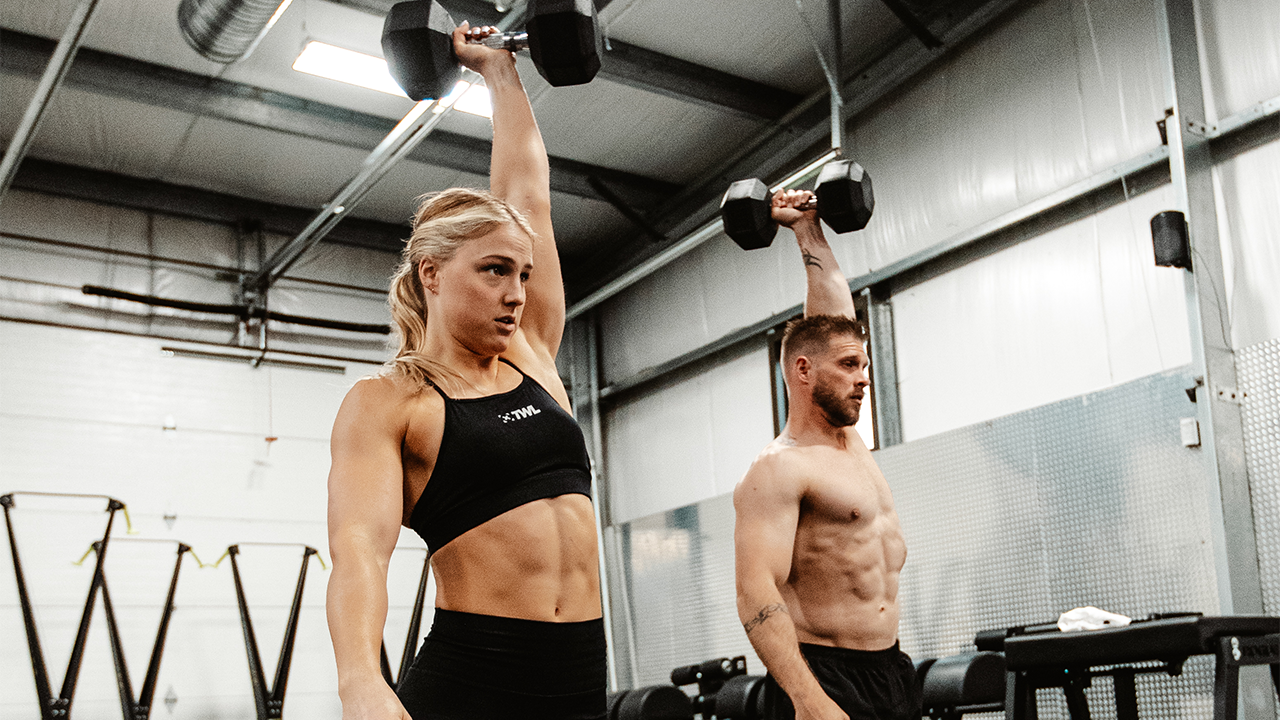Building strong pectoral muscles is key to enhancing your upper body strength and improving your overall physique. Understanding the different exercises that target the chest can help you develop a well-rounded workout routine. From bench presses to push-ups, there are various ways to engage your pectoralis major and other related muscles effectively.
To maximize your chest workouts, it’s important to know the anatomy of your chest. This knowledge will help you target specific areas and achieve balanced muscle growth. Nutrition also plays a vital role in muscle development, ensuring your body has the resources needed for strength gains.
Incorporating a mix of essential exercises and focusing on the right form can lead to impressive results. Stay committed, and you’ll see your upper body strength improve over time.
Key Takeaways
- Targeting specific chest areas enhances your workout effectiveness.
- A balanced diet supports muscle growth and recovery.
- Consistent practice of essential exercises improves upper body strength.
Anatomy of the Chest
The chest is made up of several key muscles that play an important role in movement and strength. Understanding these muscles can help you target your workouts effectively.
Understanding Pectoralis Major and Minor
The pectoralis major is the larger and more prominent chest muscle. It has two parts: the clavicular head and the sternocostal head. This muscle is responsible for movements like pushing and lifting.
The pectoralis minor, located beneath the major, is smaller and helps to stabilize the shoulder. It connects to the ribs and the shoulder blade. Both muscles work together to allow for a range of movements, influencing your overall upper body strength and posture.
Role of Serratus Anterior and Subclavius
The serratus anterior is important for shoulder mobility. It helps to move the shoulder blade forward and around the rib cage. Strengthening this muscle can improve your push-up performance and overall upper body strength.
The subclavius is a small muscle that sits under the clavicle. It supports the clavicle and helps stabilize the shoulder joint. This muscle plays a crucial role in preventing shoulder injuries and maintaining proper alignment in the upper body.
Fundamentals of a Chest Workout
Having a solid understanding of the basics will help you maximize your chest workouts. Focusing on progressive overload, balancing training with recovery, and using a full range of motion are key to effective muscle growth and strength.
Importance of Progressive Overload
Progressive overload is essential for muscle growth. This approach involves gradually increasing the weight or resistance in your workouts. As you challenge your muscles, they adapt and grow stronger over time.
To apply this technique, you can:
- Increase weights by a small percentage each week.
- Add more sets or reps.
- Reduce rest time between sets.
By constantly adjusting the challenge, you stimulate muscle protein synthesis, encouraging growth. Remember, it’s crucial to listen to your body to prevent injury, so increase intensity within your limits.
Balancing Chest Training and Recovery
Recovery is just as important as the workout itself. Muscles need time to heal and grow stronger after being stressed during training. If you don’t allow adequate rest, you may hinder your progress.
Aim to train your chest 1-3 times a week, depending on your experience level. Allow 48 hours of recovery between sessions to optimize muscle activation and growth. Include rest days and consider active recovery, such as light cardio or mobility work, to support healing.
Ensuring you combine workouts with enough rest helps maintain motivation and prevents overtraining, which can stall your progress.
Incorporating Full Range of Motion
Using a full range of motion is vital in chest workouts. It ensures that you engage all parts of your pectoral muscles effectively. This engagement leads to better muscle activation and overall development.
When performing exercises like bench presses or flyes, fully extend and contract your arms. For example, during the incline bench press, lower the bar or weights until they reach your chest and press back up.
This not only enhances muscle growth but also promotes joint health. Always focus on form over weight to maximize benefits and reduce injury risks.
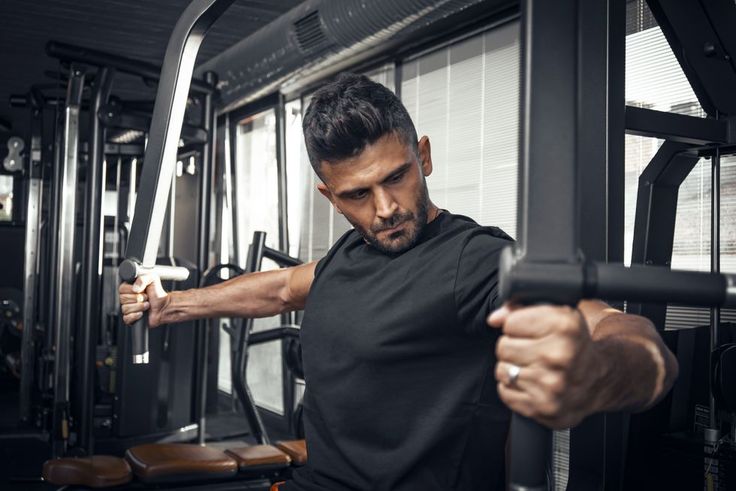
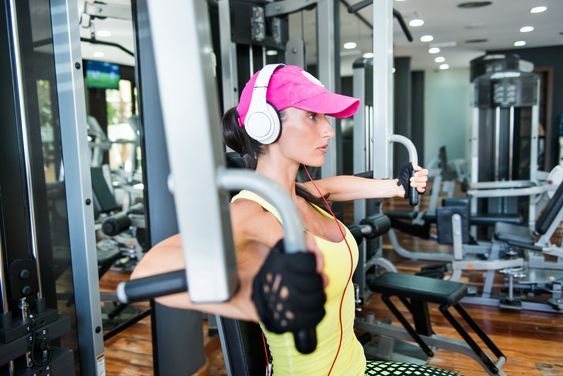
Essential Exercises for the Chest
To develop a strong chest, incorporating a variety of exercises is key. Focus on different movements that target all areas of the pectoral muscles for balanced growth. Below are essential exercises to help you build a well-defined chest.
Variations of the Bench Press
The bench press is a staple exercise for targeting the chest, with several variations to maximize muscle engagement. You can use a barbell or dumbbells for the flat bench press to hit the middle portion of your pectorals.
For more upper chest activation, try the incline bench press, either with a barbell or dumbbells. This variation recruits the clavicular portion of the pectoral major.
If you’re looking to involve your triceps more, the close-grip bench press is effective. This move not only strengthens your chest but also builds your arms.
To enhance stability, consider using a dumbbell bench press; it forces your muscles to work harder to control the weights.
Isolating with Flyes and Cable Workouts
Isolating the chest muscles is important for achieving definition. Dumbbell flyes are great for targeting the inner and outer parts of the pectorals. They allow for a wider range of motion, which can enhance muscle stretch.
Utilizing cable machines can also be very effective. The cable crossover focuses on the chest and allows you to adjust the angle for varied muscle activation. When you pull cables together in front of your body, feel the stretch and contraction in your pecs.
Additionally, consider the pec deck machine, which isolates your chest without engaging your shoulders too much. This machine supports proper form, making it easier to focus on your pecs.
Push-Ups and Their Variations
Push-ups are a versatile bodyweight exercise that targets the chest effectively. You can do standard push-ups to work your entire chest. For added intensity, elevate your feet for decline push-ups, which increase upper chest activation.
To target the inner chest, try close-grip push-ups. Keeping your hands close together will engage the triceps more but also stress your pectorals differently.
You can also use weighted push-ups, where you add a plate on your back or wear a weighted vest. This increases resistance and helps build strength and muscle mass.
Advanced Techniques for Chest Development
For experienced lifters, advanced techniques can push chest workouts to new heights. The weighted dip is a powerful exercise that not only targets your chest but also engages your shoulders and triceps.
Another effective method is the dumbbell floor press. This restricts your range of motion but allows you to focus on the chest while keeping tension on your muscles.
Try incorporating supersets, combining two exercises with little rest. For example, follow a heavy barbell bench press with dumbbell flyes to maximize muscle fatigue.
Experimenting with the smith machine incline press can also help you maintain form and get more out of each rep. Use these advanced techniques to refine your chest workouts.
Targeting Different Chest Areas
When working on your pectoral muscles, it’s important to focus on different areas of the chest: the upper, middle, and lower sections. Each area has specific exercises that can enhance muscle definition and strength.
Exercises for Upper Chest Activation
To target your upper chest, incorporate exercises that emphasize the incline angle. Incline Dumbbell Press is an effective choice. Set the bench at a 30 to 45-degree angle. Perform 3 sets of 8-12 reps, focusing on squeezing the upper pecs at the top of each movement.
Another great exercise is the Incline Bench Press. Use a barbell or dumbbells to press upwards while in the incline position. Aim for 3 sets of 6-8 reps. Additionally, the Pec Deck machine can also target the upper pecs. Set the seat height to align with your upper chest and do 3 sets of 10-15 reps for a focused contraction.
Exercises for Middle and Lower Chest
For the middle chest, the Flat Bench Press is a classic choice. Use either a barbell or dumbbells and aim for 3 sets of 8-10 reps. Keeping your elbows close to your body helps engage the muscle fibers effectively.
To work on the lower chest, the Decline Bench Press is key. Set the bench at a decline and perform 3 sets of 6-8 reps. You can also try the Decline Dumbbell Bench Press for a greater range of motion. This variation allows you to squeeze the lower chest more intensely.
Lastly, incorporate Decline Push-Ups with your legs elevated. Challenge yourself with as many reps as possible for 3 sets. These exercises together will ensure balanced development across all areas of your chest.
Nutrition and Supplementation for Chest Development
To build a strong chest, nutrition plays a vital role. Focusing on protein intake and optimizing your diet can significantly impact your muscle mass and overall growth.
Protein Requirements for Muscle Mass
Protein is essential for building muscle. To create new muscle fibers, aim for about 1.2 to 2.2 grams of protein per kilogram of body weight daily.
Here are some protein-rich options to consider:
- Chicken breast
- Fish
- Lean beef
- Egg whites
- Whey protein supplements
Including a variety of these sources in your meals can help maintain muscle while managing body fat. For efficient protein absorption, it’s best to spread your intake throughout the day. Aim for 20-30 grams of protein in each meal.
Optimizing Diet for Muscle Recovery and Growth
Fueling your body correctly supports recovery and growth. Incorporate complex carbohydrates like brown rice, sweet potatoes, and oatmeal to provide energy for workouts.
Don’t forget to add fruits and vegetables for vitamins and minerals. Healthy fats, such as those found in avocado, nuts, and fish oil, are important for hormonal balance.
A well-rounded diet helps in reducing inflammation, which can speed up recovery. Stay hydrated to support muscle function and overall health. Consider taking supplements like creatine or branched-chain amino acids (BCAAs) for extra support in your muscle-building journey.
